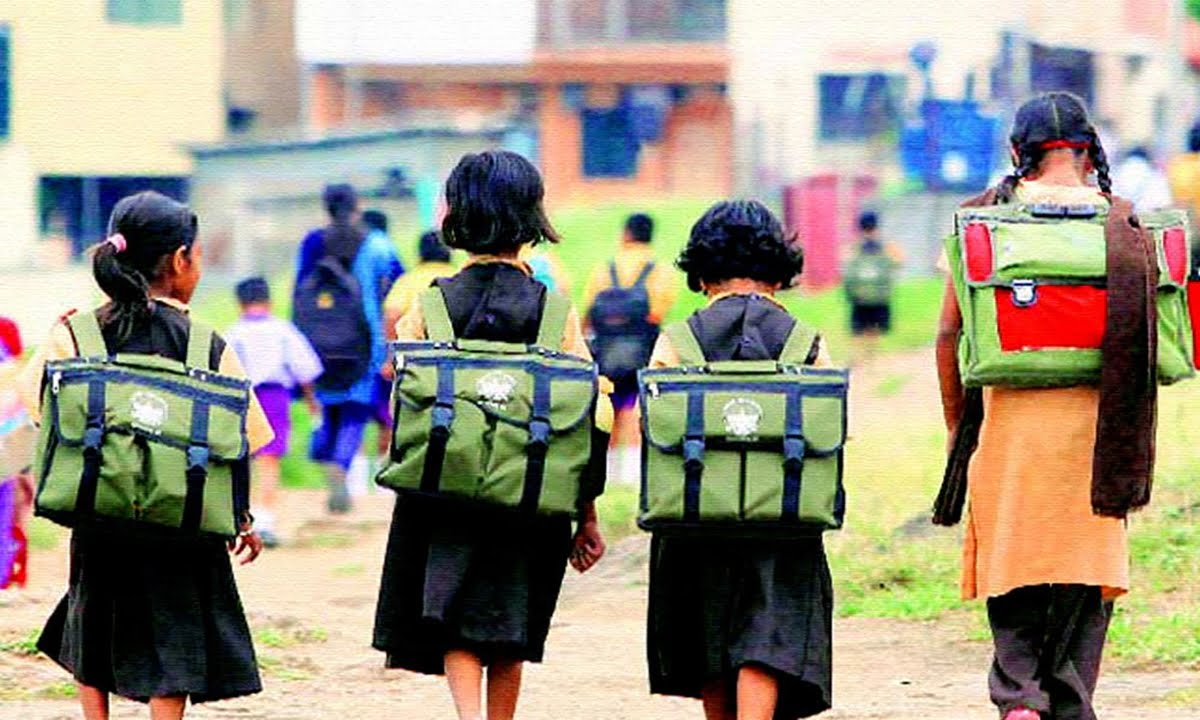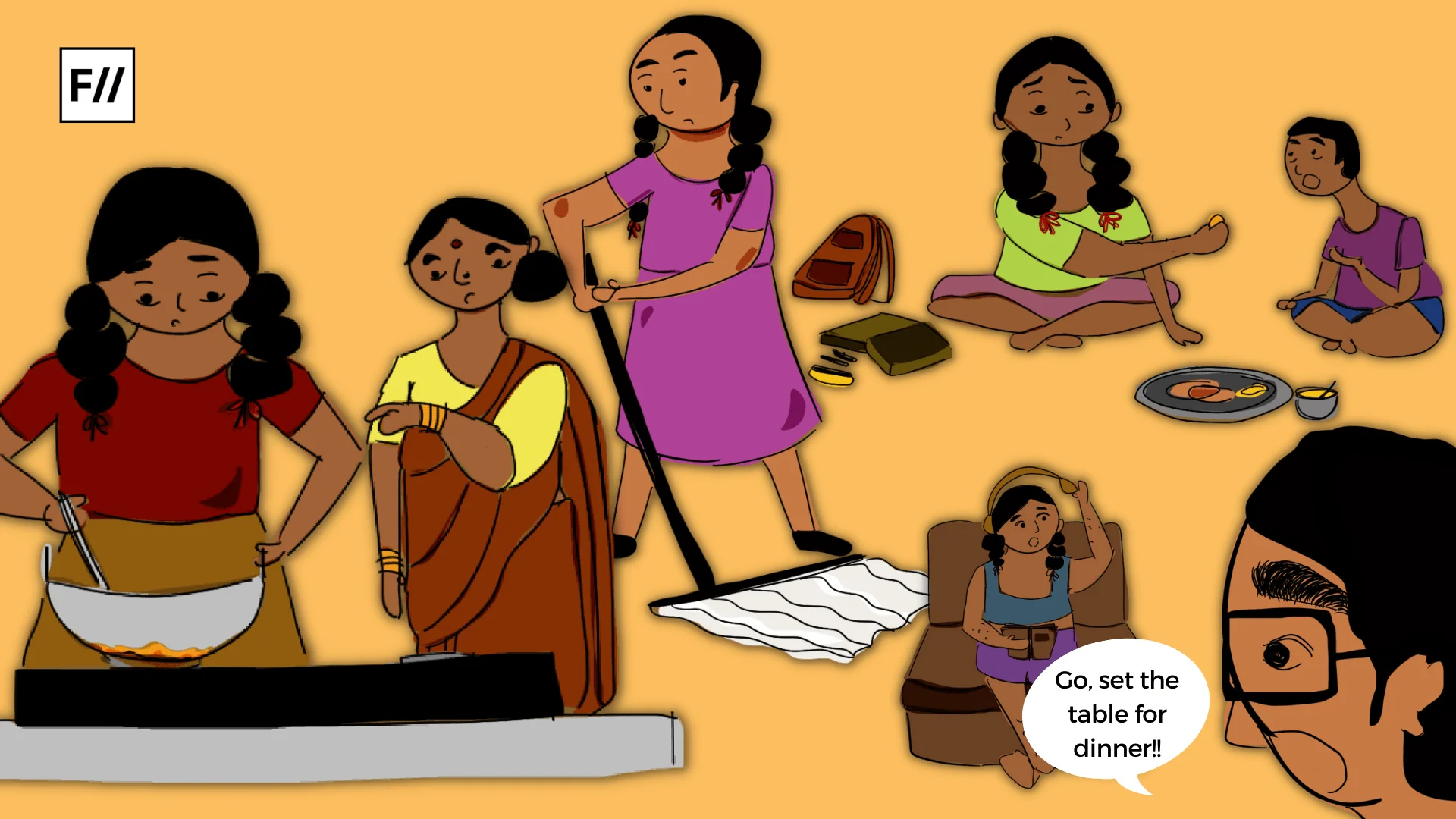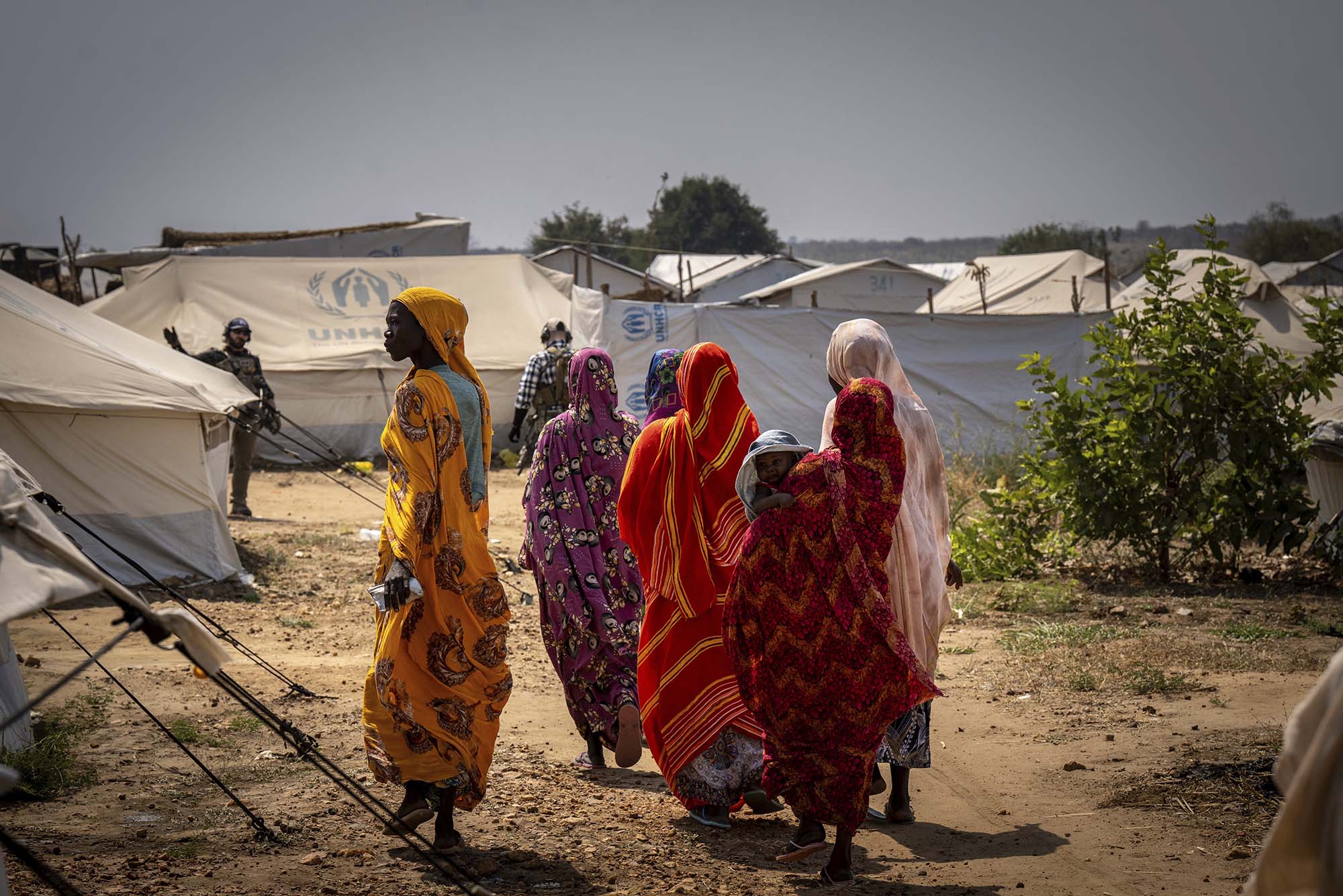The falling female labour force participation rates and increased labour of adolescent girls in tenuous jobs during the COVID-19 pandemic are not isolated events. They are interconnected through patriarchal attitudes about the value and roles of women, and to compounding disadvantages of health, nutrition, education and agency that start early on in the lifetime of girl-children.
We know no family wants to choose between children to feed or send to school. However, when forced to choose by the circumstance of poverty, gender plays a pre-determined role. After all, households are ‘rational decision-making spaces’, investing in boy-children to hedge their risks.
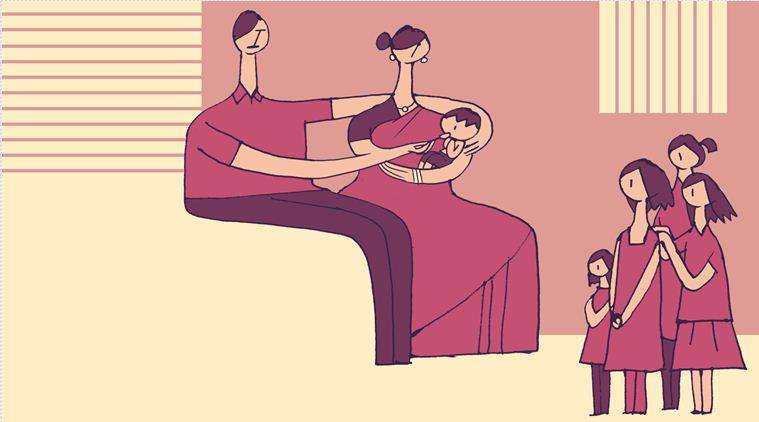
COVID-19 has increased poverty and unemployment, and it is within these circumstances that we can expect increasing discrimination against girl-children. Furthermore, due to the phenomenon of “son preference”, girl children are more likely to belong to poorer families with more children. They are born into disadvantage.
As a result, two key cycles of gender disadvantage have been kicked-off by COVID-19, that if not arrested can lead to intergenerational disadvantages for women. In India, discrimination against the girl-child begins even before birth in form of female foeticide, and further manifests disadvantages in early childhood nutrition, immunisation, and breastfeeding.
we might find years later, a generation of women who are less educated, married and pregnant at younger ages, less likely to have financial independence, and as a result, have less agency in their post-marital households. This then has intergenerational effects on their children, and especially their girl children
Differences in investments on nutrition, health and education of girls and boys in early childhood contribute to differential development that compounds over the lifetime of the child, and are thought to be irreversible. Stunted and/or malnourished children cannot be expected to learn well, and gender structures can lead to more drop-outs of girls from secondary schooling in the years to come.
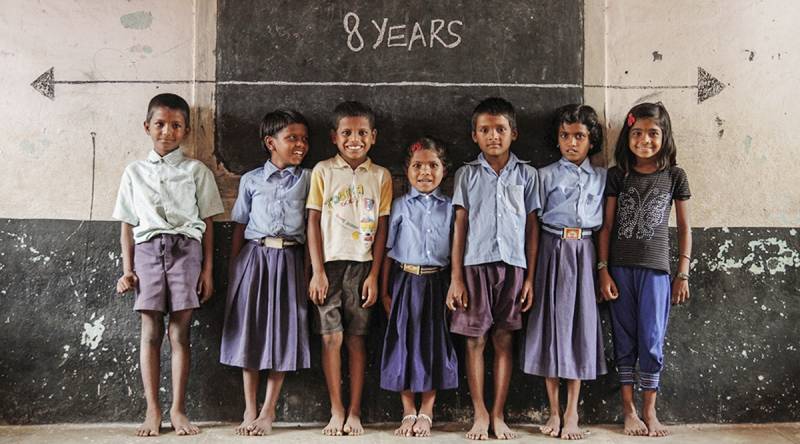
This brings us to the second cycle of disadvantage. During COVID-19, care-burdens on households (read women) have increased substantially. Older girl children are likely to have taken on a large share of this, keeping them from education. Further, there is a gender divide in both access to technology and knowledge of how to use it.
As a result of this and son preference, girl-children are more likely to share a device amongst siblings, if they have access to one at all. Finally, the increased incidence of child marriage during the pandemic makes it far less likely that girls will return to school even once they reopen, with an estimated 10 million girls dropping-out from secondary schools globally.

All of the above means we might find years later, a generation of women who are less educated, married and pregnant at younger ages, less likely to have financial independence, and as a result, have less agency in their post-marital households. This then has intergenerational effects on their children, and especially their girl children.
This is what is at stake in the aftermath of the COVID-19 pandemic – intergenerational female disadvantage, undoing much of the progress made over the last few decades.
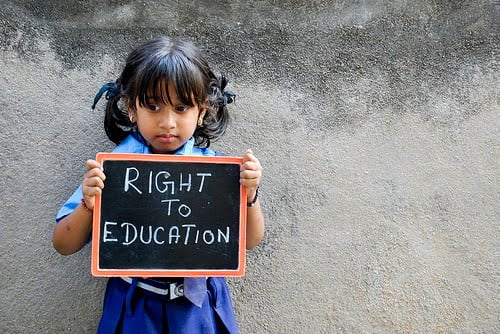
Bringing girls back to school could minimise the impacts of the pandemic on female disadvantage. Evidence from across developing countries find that children of well educated women (compared to their less educated counterparts) tend to be healthier, better educated, and differential investments on the basis of gender are minimal.
Also read: COVID-19 Impact: In Latur, Teenage Girls Face The Fear Of Early Marriage & More
Moreover, women with greater agency in the post-marital household have greater control over decisions about family planning, health and education of their children. Just the signaling of completing up to a certain grade can influence women’s agency, especially if it translates to employment.
Policy solutions: Evidence based interventions to bridge gaps
Despite agreements on prioritising the education of girls, we have failed to reflect this through adequate budgetary allocations in the past. The Gender Inclusion Fund purported by the National Economic Policy 2020, is a great opportunity to enable such focus. It has a responsibility to bear far greater than what was probably realised by those who advocated for it.
universal entitlements afforded to children under the Right To Education Act, that shift the burden of out-of-pocket expenditures of households on education to the State. Universally targeting such entitlements removes opportunities for differential investments in children’s education
Specifically, arresting differential resource allocations to girl-children in early childhood, and encouraging retention through of them higher education can curb gendered impacts of the pandemic in the long-run, with the added normative benefit of ensuring education.
This time around, we have the benefit of hindsight in evidence and policy, with at least a decade of reference of policies for gender inclusion in schools that we can turn to.
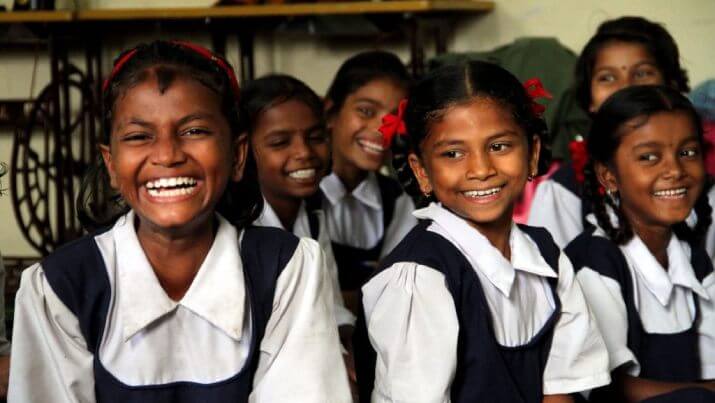
Some of the schemes we can consider based on past evidence include strengthening universal entitlements that have faltered during COVID-19: books, uniforms, mid-day meals (MDM), etc. These are all universal entitlements afforded to children under the Right To Education Act, that shift the burden of out-of-pocket expenditures of households on education to the State. Universally targeting such entitlements removes opportunities for differential investments in children’s education.
Mid Day Meals specifically offsets disparities in resource allocation of food between boys and girls within the household. In light of increasing mal and under-nutrition during COVID-19, the delivery of MDM, especially in early childhood is crucial. Re-opening anganwadi centres urgently, and ensuring such universal entitlements are provided in all schools offering pre-primary classes, can be beneficial.
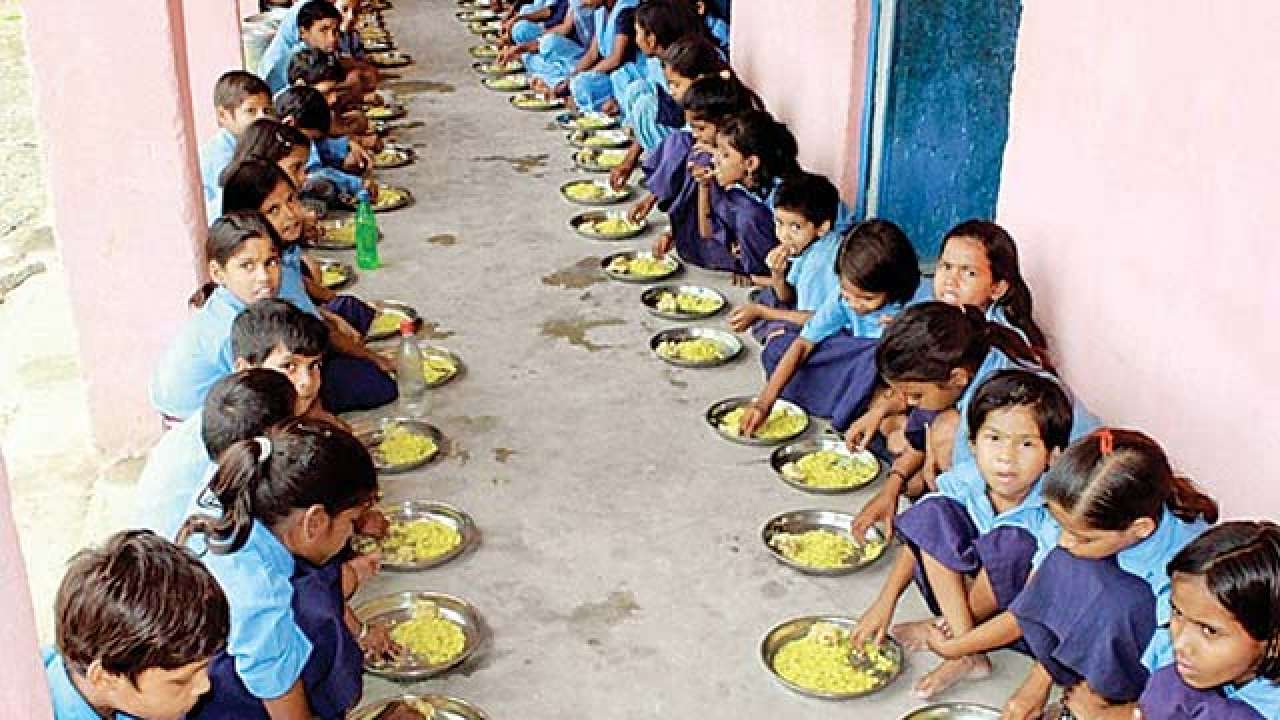
We should further consider investing in gender-sensitive measures to incentivise re-enrollment in schools. For example, while it might be difficult to target the digital divide for girls, we could look at alternatives such as mohalla schools. Hyperlocal settings might be considered safer for girls, and do not rely on access to personal devices. Further, for older girl-children, including creches can shift the care-burden from the household to the state.
retention should be targeted through ensuring learning. Teachers should be made aware of possible differences in learning losses that can arise from the differential experiences of girls and boys at home – access to devices, chores and recreational activities, care-work, and abuse – as a result of structural gender discrimination rather than gendered abilities
Crucially, recent evidence finds that more boys have dropped-out than girls due to increased incidence of child labour. This means we must invest differently in bringing back boys and girls to school, based on mechanisms leading to their dropping-out.
A combination of cash transfers for child education and employment guarantee schemes for adults might work to curb child labour. While evidence around the use of conditional cash transfers for enrollment and retention are mixed, a systematic assessment of circumstances that make them successful could bode well.

These measures should be accompanied by strengthening legal remedies for curbing child labour and child marriage. Here too, we must assess evidence of their success from the past. Increasing the marriage age for example, has led to low agency for young women in the natal home for longer periods of time, while strict prohibition of child labour has led to children being employed in more dangerous jobs.
Thus, such legal remedies should not come at the cost of safety and agency, but rather nudge positive behaviours through removing the circumstances forcing them.
Also read: In Conversation With Deepanjali Patra: The Gond Girl Who Became An Educator
Finally, retention should be targeted through ensuring learning. Teachers should be made aware of possible differences in learning losses that can arise from the differential experiences of girls and boys at home – access to devices, chores and recreational activities, care-work, and abuse – as a result of structural gender discrimination rather than gendered abilities.
How the state prioritises the welfare and education of girls across the country will stand to reflect how society will continue to see them. Ignoring these interconnected and cascading disadvantages might take us many steps further back than we expect.
Nisha Vernekar is Lead, Education at the Vidhi Centre for Legal Policy, New Delhi. She has an MSc in Development Economics from SOAS, University of London and works on research on inclusive education policy in elementary and early childhood education, with a focus on disability, gender, and socio-economic vulnerabilities. You may find her on Twitter, and Instagram
